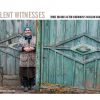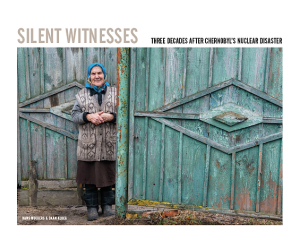Henry Fountain writes about Dr. Tim Mousseau, a biologist from the University of North Carolina:
“Dr. Mousseau, a biologist at the University of South Carolina, has been coming to the contaminated area around Chernobyl, known as the exclusion zone, since 1999. The list of creatures he has studied is long: chiffchaffs, blackcaps, barn swallows and other birds; insects, including bumblebees, butterflies and cicadas; spiders and bats; and mice, voles and other small rodents. After the nuclear meltdowns at Fukushima, Japan, three years ago he has conducted similar research there, too.
In dozens of papers over the years Dr. Mousseau, his longtime collaborator, Anders Pape Moller of the National Center for Scientific Research in France, and colleagues have reported evidence of radiation’s toll: higher frequencies of tumors and physical abnormalities like deformed beaks among birds compared with those from uncontaminated areas, for example, and a decline in the populations of insects and spiders with increasing radiation intensity.
Click here to read the full article

